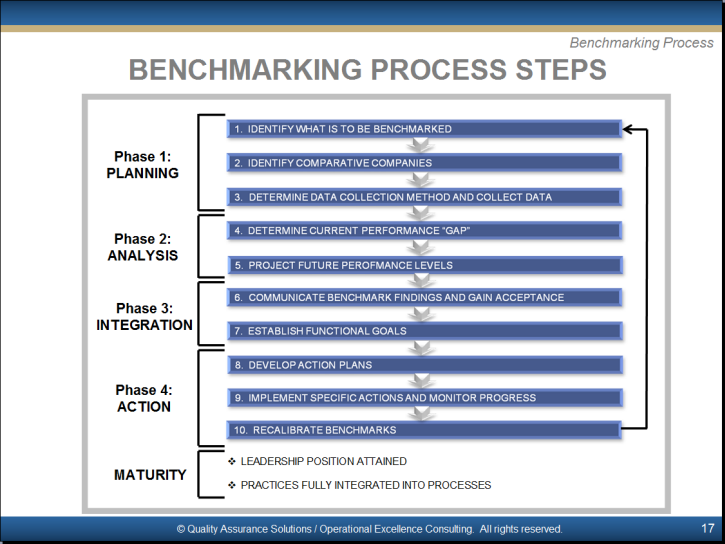

- Microsoft process monitor update#
- Microsoft process monitor pro#
- Microsoft process monitor Pc#
- Microsoft process monitor windows#
This update to Handle, a tool that displays information about open handles for any process in the system, adds CSV output with a new -v switch and has an option to print the granted access mask with -g. This update to Process Explorer, an advanced process, DLL and handle viewing utility, adds dark theme support, multipane view in the main window with a new threads pane, startup performance optimization and more. This update to ProcDump for Linux changes the CLI interface to match ProcDump for Windows, and adds a new process group trigger ( -pgid) to allow monitoring all processes running in the same process group.

This update to ProcDump, a command-line utility for generating memory dumps from running processes, adds ModuleLoad/Unload and Thread Create/Exit triggers, removes Internet Explorer JavaScript support, and improves descriptive text messages. This update to ProcDump for Linux adds the capability to generate dumps when specified exceptions occur in a. What's New What's New (December 12, 2022) You can view the entire Sysinternals Live tools directory in a browser at.
Microsoft process monitor windows#
Simply enter a tool's Sysinternals Live path into Windows Explorer or a command prompt as / or \\\tools\. Sysinternals Live is a service that enables you to execute Sysinternals tools directly from the Web without hunting for and manually downloading them. Post your questions in the Sysinternals Forum.Check out the Sysinternals Learning Resources page.Read Mark’s Blog which highlight use of the tools to solve real problems.Watch Mark’s top-rated Case-of-the-Unexplained troubleshooting presentations and other webcasts.Watch Mark's Sysinternals Update videos on YouTube.Read the Sysinternals Blog for a detailed change feed of tool updates.Read the official guide to the Sysinternals tools, Troubleshooting with the Windows Sysinternals Tools.
Microsoft process monitor pro#
Whether you’re an IT Pro or a developer, you’ll find Sysinternals utilities to help you manage, troubleshoot and diagnose your Windows systems and applications.


Alternatively, you can simply select the item and click the End task button in the bottom-right corner.The Sysinternals web site was created in 1996 by Mark Russinovich to host his advanced system utilities and technical information. Stopping processes with high-resource usageĪfter you identify the problem, right-click the process, and select End task to terminate it. If you're having problems downloading files, and you see "Network" stuck at 0 percent, you may have an idea of what's going on. Network connectivity is almost never the reason your system is slow, but there could be a problem in the network causing web content to take a long time to load. If you're not copying files or rendering videos, disk usage should be below 5 percent. Generally speaking, depending on your system configuration, your total memory usage should be below 60 percent.
Microsoft process monitor Pc#
Memory usually won't be an issue unless you run out of it, in which case your computer will start using virtual memory, and that can cause your PC to slow down. Applications that are running, even if you're not using them, and processes use part of your computer's memory, and that usage will increase as you use or launch more applications. Typically, when you're not actively using applications and your computer isn't working on anything specific, such as maintenance, your total CPU usage should be less than 30 percent. You'll notice that as a process starts to consume more resources, the color begins to change from a light- to a dark-shade of orange, making it easier to tell which one is causing the problem. Task Manager also uses colors to highlight processes that use the most resources.


 0 kommentar(er)
0 kommentar(er)
